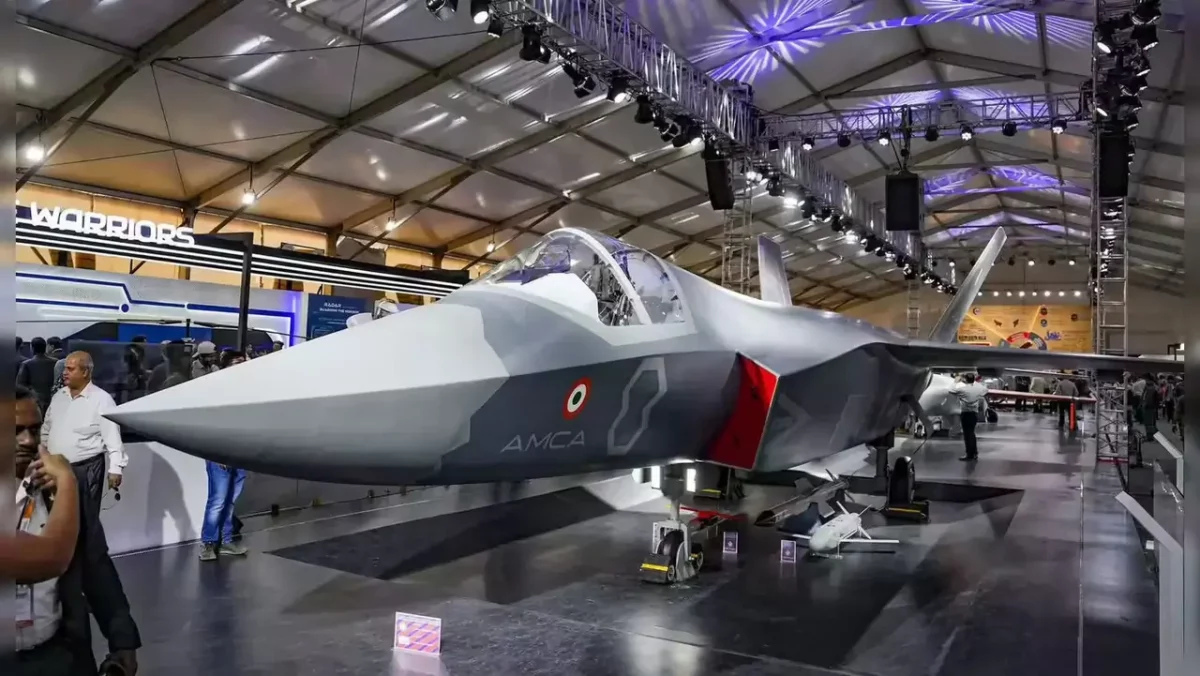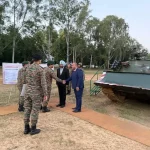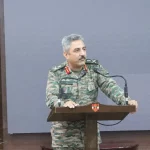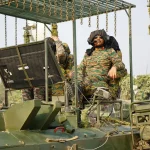In a major step toward developing India’s first indigenous fifth-generation stealth fighter, the Defence Research and Development Organisation (DRDO) and the Ministry of Defence have begun evaluating seven shortlisted contenders for the Advanced Medium Combat Aircraft (AMCA) production programme.
Two high-level review panels — one led by DRDO and another chaired by the Defence Secretary — have initiated assessments of both public and private sector proposals to determine the final industry partner for the project.
Fast-Tracking India’s Stealth Fighter Programme
The AMCA is being developed by DRDO’s Aeronautical Development Agency (ADA) under a competitive industry partnership model, aimed at accelerating stealth aircraft manufacturing within India. Following the Ministry’s June call for Expressions of Interest (EoI), seven industry consortiums were shortlisted to move forward.
Each firm must demonstrate capability to establish dedicated assembly lines, produce prototypes, and support flight testing and certification — all within an eight-year development timeline.
India’s Leading Defence Firms in the Race
The shortlisted entities represent India’s most advanced aerospace and engineering capabilities:
- Hindustan Aeronautics Limited (HAL) – Partnering with two smaller firms; leveraging its proven experience in fighter production (TEJAS, Su-30MKI).
- TATA Advanced Systems Limited (TASL) – Known for aerospace composites and global partnerships with Boeing and Lockheed Martin.
- Adani Defence and Aerospace – Bringing advanced assembly and avionics integration infrastructure.
- Larsen & Toubro (L&T)–BEL – Combining mechanical precision with avionics and radar systems expertise.
- Goodluck India–BrahMos–Axiscades – Offering metallurgy, propulsion component manufacturing, and digital design.
- Bharat Forge–BEML–Data Patterns – Focusing on structural frames, electronics, and onboard computing solutions.
- HAL–Safran–GTRE (for future propulsion) – Developing the indigenous 120 kN engine with full technology transfer from France’s Safran.
Strategic Significance and Timelines
The Cabinet Committee on Security (CCS) has already approved ₹15,000 crore for the AMCA’s design and prototype phase. The first prototype is expected to fly by 2029, with series production targeted by 2035.
The Indian Air Force plans to induct six squadrons (around 120 aircraft), beginning with the AMCA Mk-1 powered by GE F-414 engines and later transitioning to the Mk-2 variant powered by the indigenously developed Safran-GTRE engine.
Urgency Amid Regional Threats
With China fielding operational J-20s, producing J-35s for Pakistan, and testing next-gen J-36 and J-50 fighters, India faces mounting pressure to close the stealth capability gap. The IAF currently operates around 30 fighter squadrons, short of the sanctioned 42.5, with internal studies after Operation Sindoor suggesting a further increase may be necessary for deterrence.
To mitigate near-term gaps, the Defence Ministry has already signed contracts with HAL for 180 TEJAS Mk-1A fighters, while procurement of 114 Multi-Role Fighters (MRFA) remains under evaluation — with the Rafale still among the contenders.
Driving Atmanirbharta in Aerospace
The AMCA programme is a cornerstone of India’s Atmanirbhar Bharat initiative in aerospace technology. By integrating private industry expertise, foreign design experience, and indigenous R&D, India aims to join the elite group of nations with a domestically built stealth fighter — a move that will redefine its airpower capabilities in the decades ahead.













